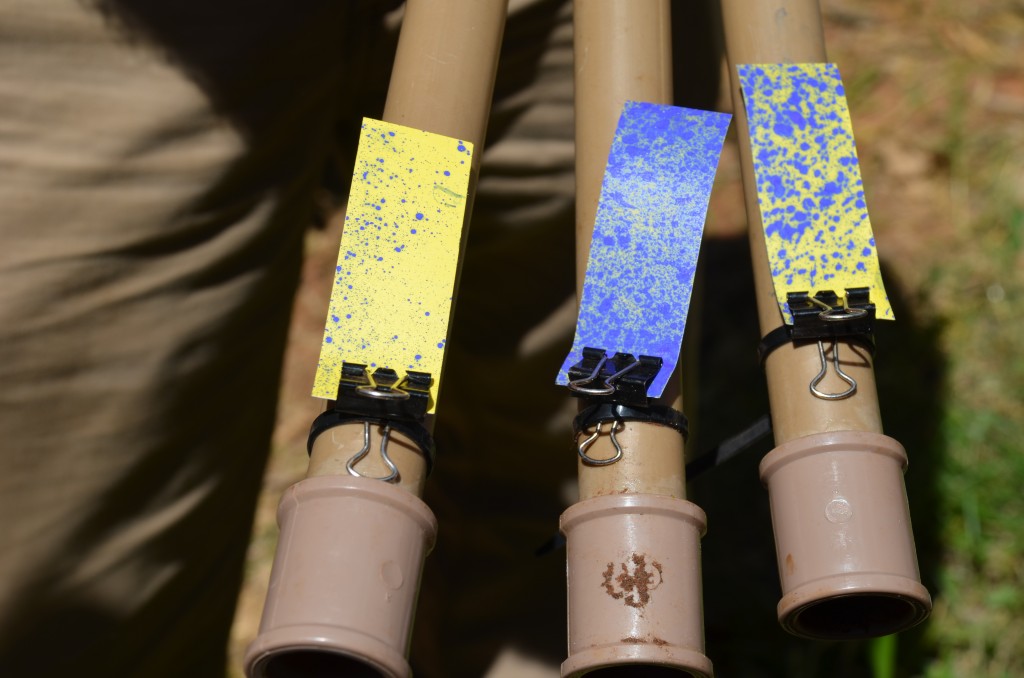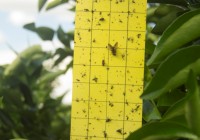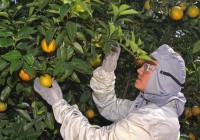25
set
In the use of water and application of pesticides, less is more categories: Environment, Fundecitrus, Water
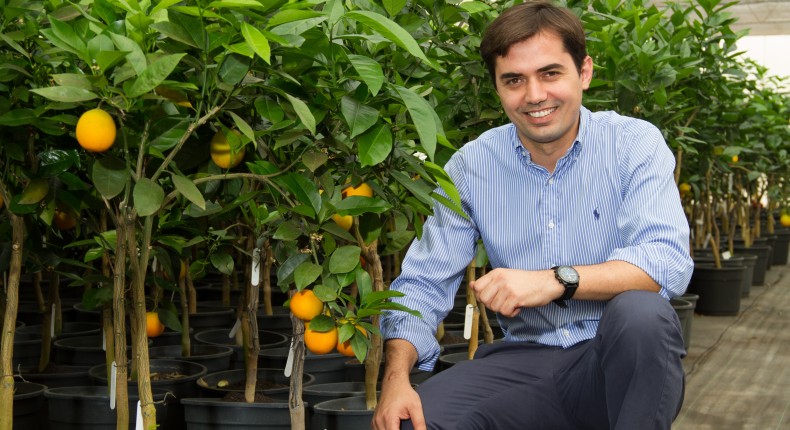
Research being carried out at Fundecitrus assesses the correct volumes of mixture to be used when spraying products in citrus groves; as a result it has reduced the cost of this operation by as much as 50%
Researcher Geraldo José Silva Junior really is the kind of person who believes that less is often more. This is a concept that may very well sum up the line of study he has been carrying out over the last few years.
He is one of the scientific researchers at Fundecitrus, the Citrus Production Defense Fund, an entity based in Araraquara and funded by citrus growers and industries, and he is heading up a study that is looking to indicate the correct volumes of products that are to be used when spraying citrus groves. “Fundecitrus, in a partnership with the IAC (Agronomy Institute of Campinas), has been working to adjust spray mixture volumes for many years. The aim is to establish the ideal volumes for hitting both internal and external targets, and to apply this model to each disease and specific pest”, reveals the researcher. Establishing the right dose, which is capable of covering the necessary areas of trees with volumes that are suitable for the efficient control of pests and diseases and without generating waste, may make all the difference to the health of both the plantation and the pocket. “With this model we see a reduction in the amount of product and water used in the operation. There’s also a gain in the output of the machines that end up refueling less often. The result is a reduction of up to 50% in the cost of the application in the case of Pinta Preta [Citrus Black Spot]”, he says. According to the researcher, generally speaking Brazilian citrus production still uses volumes of spray mixture that are larger than is necessary, and despite what many people think, this unnecessary amount of product does not guarantee greater efficiency. “The producer is often using greater or lesser amounts than is necessary and in both cases he ends up leaving points on the trees unprotected, which is going to increase the rate of disease”, he explains.
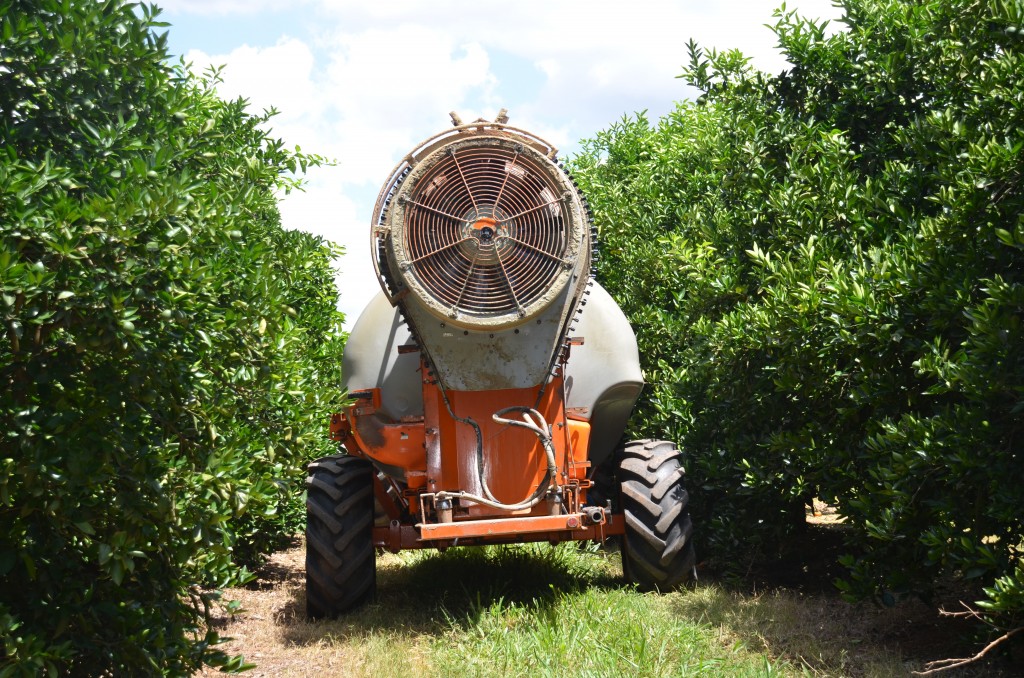
In order to arrive at the right dose a series of field studies is carried out. In this way the volumes that will be used on different citrus groves are established. Spraying is carried out with a conventional sprayer, as used by citrus growers. Samples of the leaves in that area are then collected and they will subsequently be analyzed in the laboratory to evaluate how much of the product was deposited on these leaves.
“Based on this the minimum volume sufficient for maintaining the product active on the tree is established”, he says. Another methodology used involves the use of hydro-sensitive paper, which changes from yellow to blue when it becomes wet. These papers are placed on the internal and external areas of the tops of the trees. The papers are then analyzed with the help of a scanner to measure the area that was sprayed and an assessment is made as to whether the product is reaching where it should and if it is in sufficient quantities for providing efficient protection. “We also assess each disease and pest in the field. We need to know how much the disease is occurring in the citrus groves depending on the different volumes applied. With this information we reach the conclusion that for a particular disease or pest we need a greater or lesser volume of product”, Junior points out.
In addition to offering gains in efficiency and financial savings, the model also generates environmental benefits for the properties. “One of the objectives of this research is to provide the producer with efficient control while using the least amount of product necessary. This is reflected in savings in the use of water and reduces the risk of soil contamination. So it leads to a more sustainable production, not just economically but environmentally too”, says the researcher. He guarantees that this model can be a good tool for citrus-growers.
“Today we have many already published results that producers can use. What we recommend is that they apply these volumes over a smaller area of the citrus grove to check if it works and then repeat the results in the rest of the grove”, he concludes.
- |
